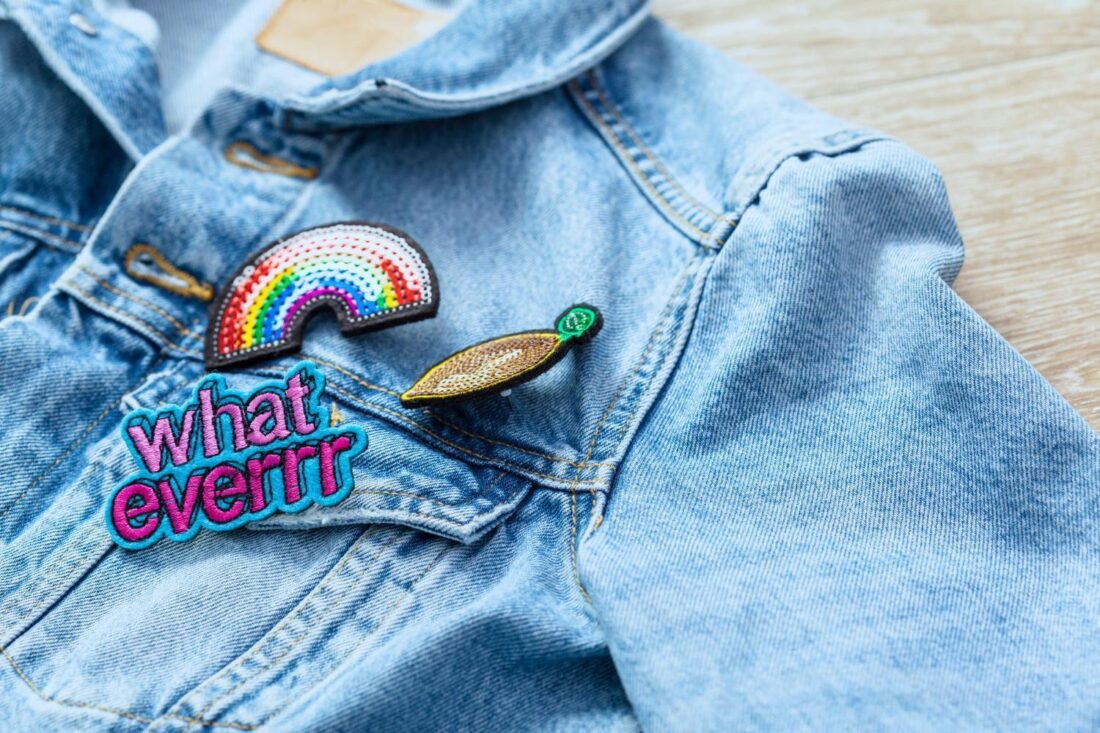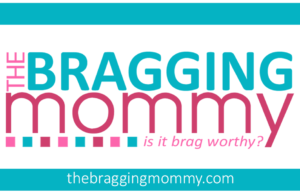
Source: Freepik
Remember that favorite jacket you wore until the seams gave out?
The one with the peeling brand logo you don’t want to throw? (Still lying in your wardrobe.)
Customization should outlive nostalgia, not crumble with it.
Whether it’s a charming custom patch or a vintage embroidered crest, your design deserves to age gracefully.
But here’s the catch: one wrong choice and your hard-earned money goes down the drain.
That’s why we are here to compare Custom Patches vs Embroidery to help you choose the right option for your next apparel project.
Let’s dive into the details together.
What Are Custom Patches?
Custom patches are unique, visually appealing designs made using fabric backing and thread. These are personalized for branding, self-expression, promotional purposes and to give versatility to your apparel, accessories, or promotional items. So, the next time you want to decorate your beloved bonanza leather jacket, consider custom patches as your best companions.
Types of Custom Patches
Custom patches give you creative freedom and can be produced for a variety of surfaces and materials. Here are a few of them to let you know their adaptability:
Embroidered Patches
Embroidered patches or cloth badges are pieces of embroidery made on a piece of fabric backed with a thick thread.
They can also be printed, woven, or other materials. Plus, if you want to enhance your favorite apparel with intricate designs, embroidery can provide a sleek and ideal solution. This most popular and widely used method is best for military uniforms, sports teams, corporate logos, and fashion apparel, explains Accelerated Graphics.
Woven Patches
Woven patches are created by weaving thread directly into the fabric. These patches provide more detailed designs and give a smooth and high-resolution appearance. Woven Patches are best for logos, small texts, and complex designs.
PVC Patches
These are made from a soft, flexible plastic material to produce sleek, modern, and vibrant colored designs that won’t easily fade.
These are the best choices for outdoor use or rough environments. The best thing is you can simply clean them with a damp cloth, and they will be as good as new.
Iron on Patches
Iron-on patches are made of heat adhesive backing and can be applied on fabrics with an iron. They are waterproof and durable and a good fit for shirts, t-shirts, jeans, trousers, uniforms, coats bags, etc.
Chenille Patches
Chenille patches are made from thick, towel-like material embroidered onto a soft felt background. They are used to customize hats, varsity jackets, letterman jackets, fashion apparel, and fleece and decorative fabrics.
Bullion Patches
Bullion patches are super luxurious custom patches made from gold or silver to create a polished look. Expert hand artisans make them for elite clubs, military uniforms, and golf clubs.
Reasons to Prefer Custom Patches
Not only due to popularity, here are a few of the reasons that you can’t resist choosing custom patches for your apparel:
- They’re more cost-effective than embroidery.
- Reusable
- Easy to apply
- Customization versatility
- Quicker production and installation process than embroidery.
- It supports intricate details and a mix of materials.
- You can update or replace them easily.
What is Embroidery, & How Does it Work?
Embroidery is a personalized way to decorate a fabric or other materials with colorful threads using a needle. You can do it by hand or machine, depending upon the need and aesthetics.
Some of the basic techniques or stitch types of embroidery are chain stitch, buttonhole, running stitch, satin stitch, and cross stitch.
The first step in embroidery is choosing a pattern and transferring it onto the fabric using transfer paper. Then, the fabric is secured in a hoop to keep it taut while stitching. After that, you can take a thread of your choice (silk or cotton), depending on your design, and create the stitches using a needle.
You can use direct embroidery to decorate your tablecloths, bedsheets, shirts, jewelry, or towels.
Benefits of Direct Embroidery
- It is durable
- Best for permanent work, e.g., logos
- No worries to wash off easily
- It provides a high-end appearance
- Their size, shape, and texture are adaptable according to needs
Custom Patches vs. Embroidery: Key Differences
Which Lasts Longer: Embroidery or Custom Patches?
Embroidery is less likely to detach, can withstand frequent washing, and retains color longer if made from high-quality thread.
On the other hand, patches (e.g., chenille patches, PVC, or woven) are more abrasion-resistant than embroidery. Plus, they are replaceable and can be used temporarily (iron-on/adhesive options) or permanently (sew-on).
Are Patches Cheaper than Embroidery?
Direct embroidery is more expensive because the process is labor intensive and produced individually; in contrast, custom patches are generally manufactured in large quantities, resulting in a lower cost. Plus, patches are reusable.
Design Complexity
Embroidery is better if you’re looking for a textured design that integrates directly into the garment, and if you’re looking for more intricate designs, custom patches are the best bet. They can be layered or cut into many shapes, making it possible to introduce detailed elements that cannot be produced via direct embroidery.
Application & Versatility
You can produce custom patches using versatile methods like weaving, printing, and a combination of embroidery and printing.
Care & Maintenance
For washing embroidered items, mild detergents are recommended. Use an air-dry or low-heat setting for drying, and when ironing, avoid direct contact between the iron and embroidery threads.
For sew-on patches, hand washing is best. For machine washing, turn it inside out. You can use a gentle cycle with cold water.
For Velcro/Hook and loop patches, remove them before washing and reattach after air drying completely.
Embroidery vs. Custom Patches: Which One Should I Choose?
When choosing between custom patches and embroidery, don’t forget your brand’s needs, budget, and creative vision.
You can go for embroidery if you want a professional, high-end product with a personal touch, but if you’re opting for unmatched versatility, intricate details, bold colors, and diverse textures, you can’t go wrong with custom patches.
They are not only reusable, easy on the wallet (especially if you want them in bulk), and customizable.
Custom patches give you the freedom to experiment with designs, swap out logos or styles effortlessly, and cater to various emerging fashion trends.
Choose wisely and let your apparel tell your story uniquely.

